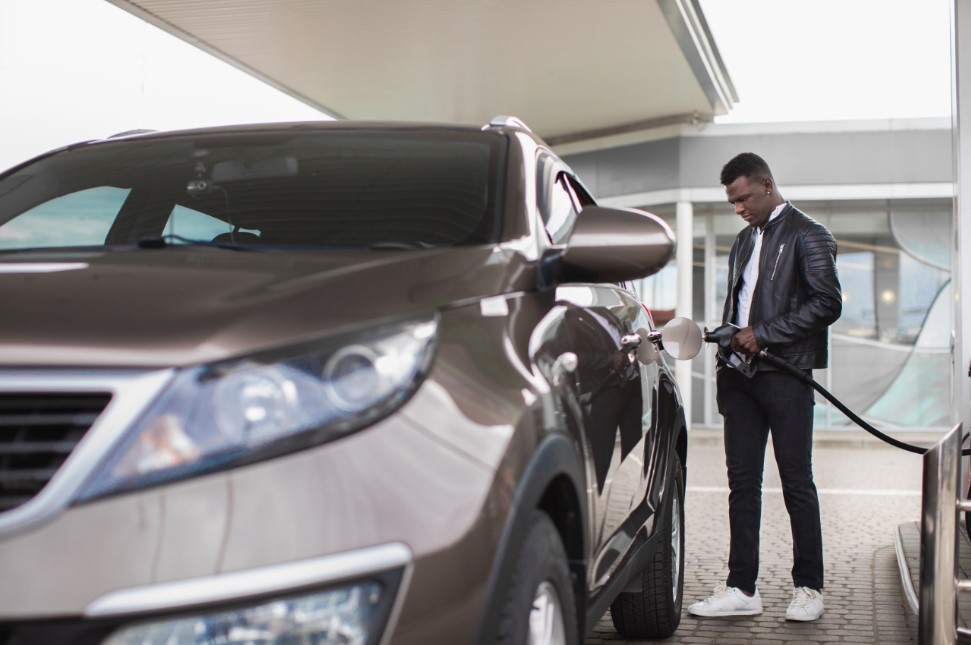
Arlington Auto Shop Breaks Down The Differential
Open Differential
An open differential helps your wheels rotate at different speeds by splitting the engine torque into two outputs. This is a standard type of differential. The downside of this is when one tire loses traction; the opposing tire will also experience a force reduction. These differentials can usually be found in cars like family sedans, and economy cars.
Locking Differential
With a locking differential, the connected wheels always spin at the same speed. This is beneficial for off-roading, as your wheels will be able to keep up with each other. However, if the differential is locked on a high-grip surface like pavement, then turning the vehicle can be very difficult. Locking differentials can be found in Jeep Wranglers and most full-size trucks.
Limited-Slip Differential
Most of the time, a limited-slip differential functions as an open differential. When slipping occurs, the differential locks, like a locking differential would. The problem with limited-slip differentials is that they lock up after the wheel slip has already occurred. These differentials can be found in sports vehicles like Nissan 370Z and the Mazda MX-5 Miata.
Torque-Vectoring Differential
Using additional gear trains, torque-vectoring differentials fine-tune the torque delivered to each drive wheel. Because torque is the amount of energy being sent to the wheels, this differential can slow or quicken the car’s rotation around a corner. Unfortunately, they’re heavy, complex and aren’t that great on fuel economy. You can find this type of differential in the BMW X5 M or the Lexus RC F.
To learn more about your car’s differential, or to schedule a drivetrain inspection, bring your vehicle into Christian Brothers Automotive Green Oaks. Call our Arlington auto shop for an appointment today, and discover the nice difference!

[1].jpg)
Sunwash-Tech-with-Customer.jpg)




